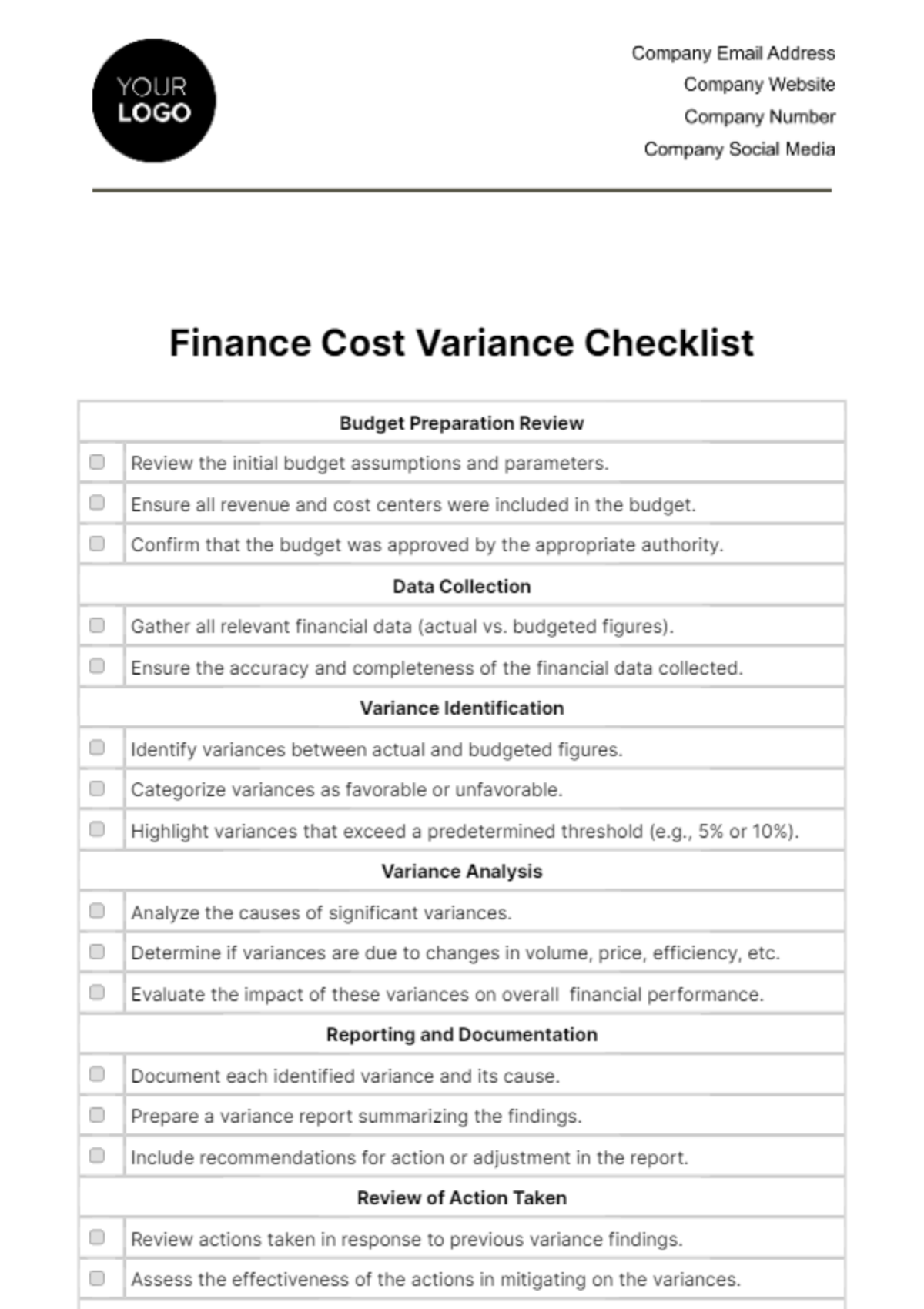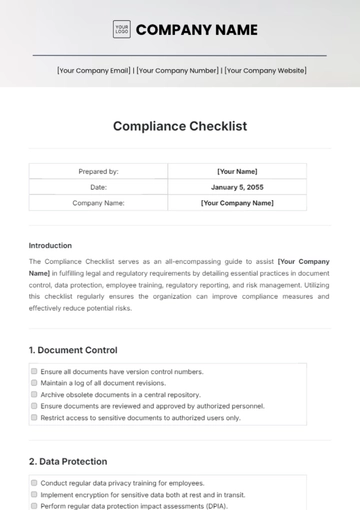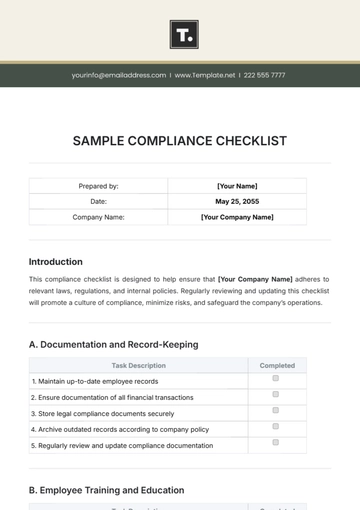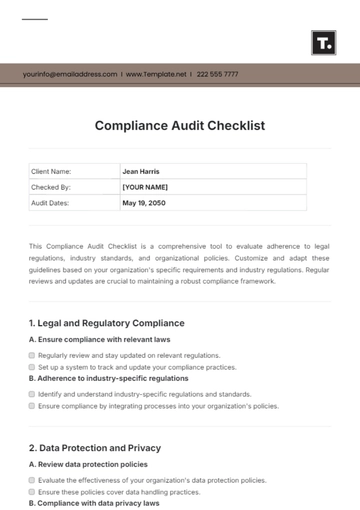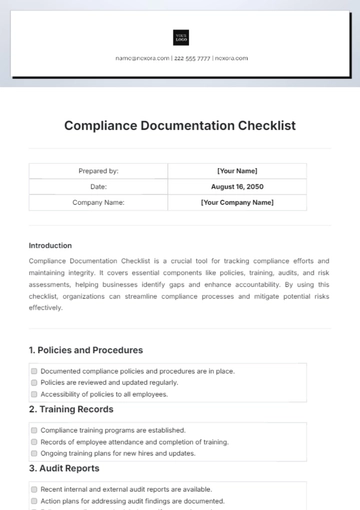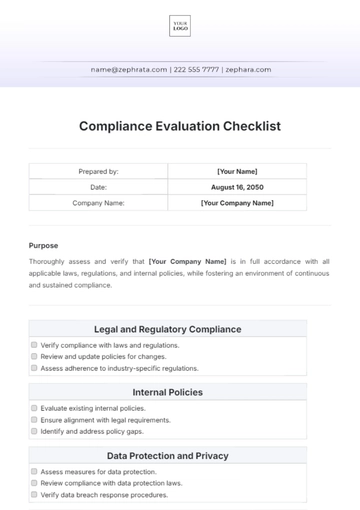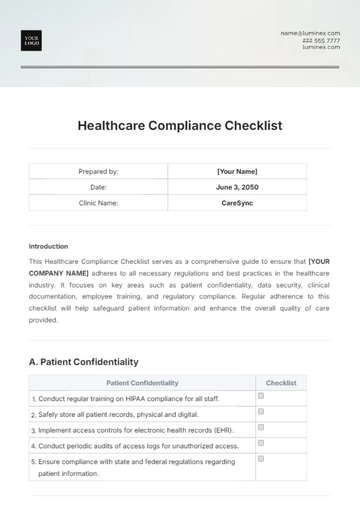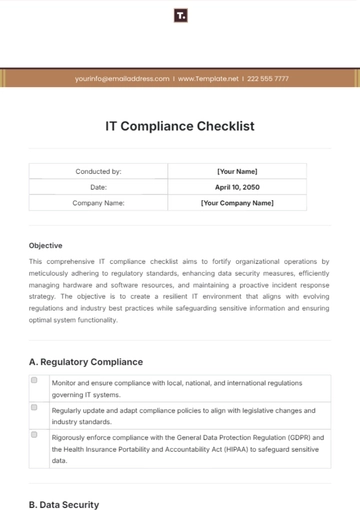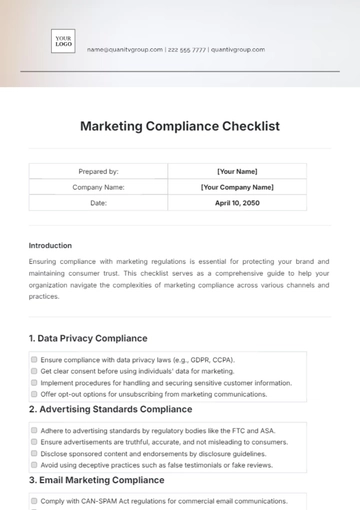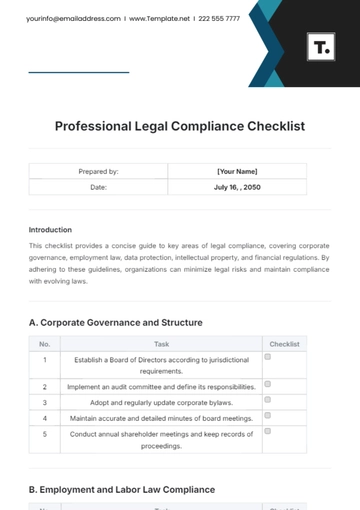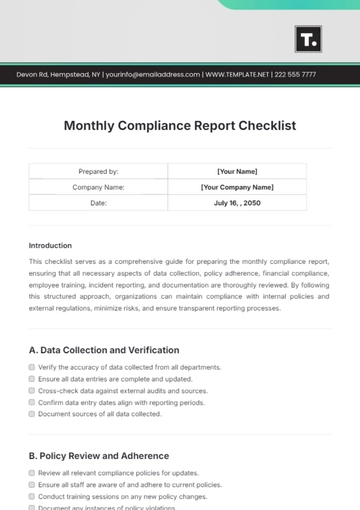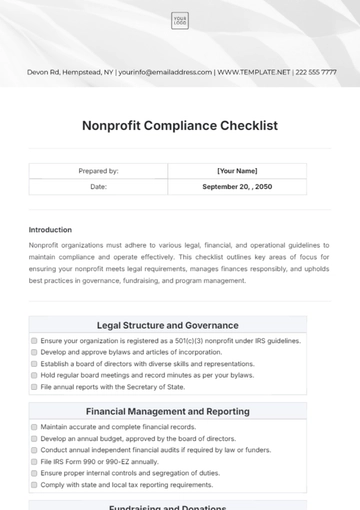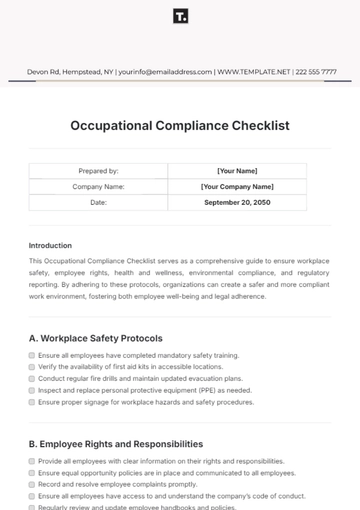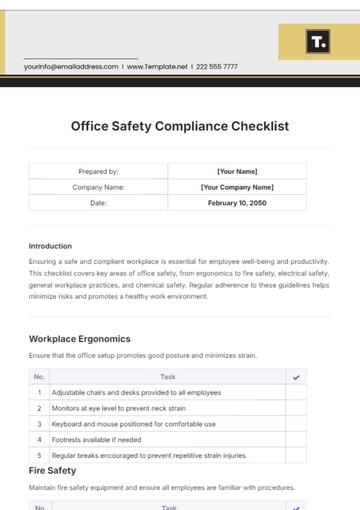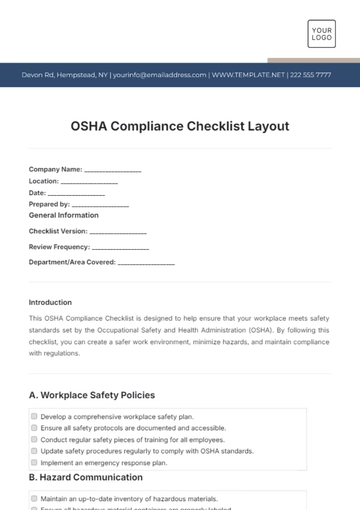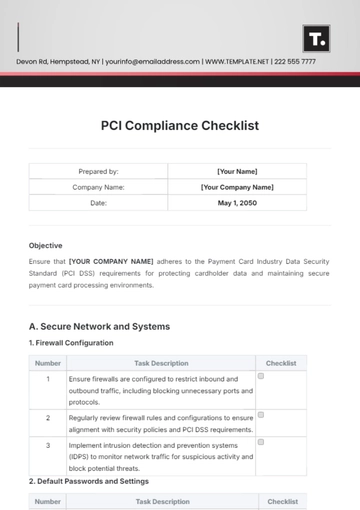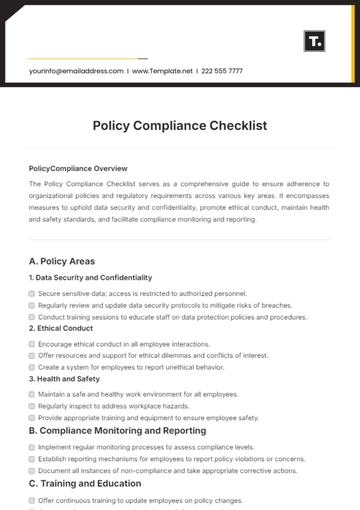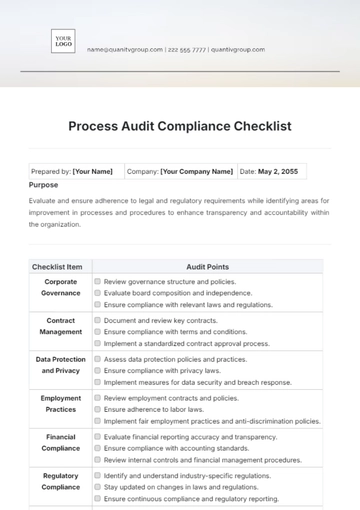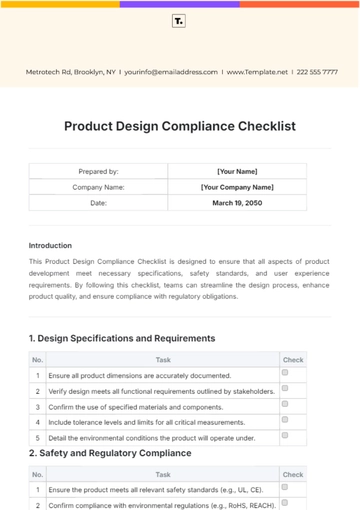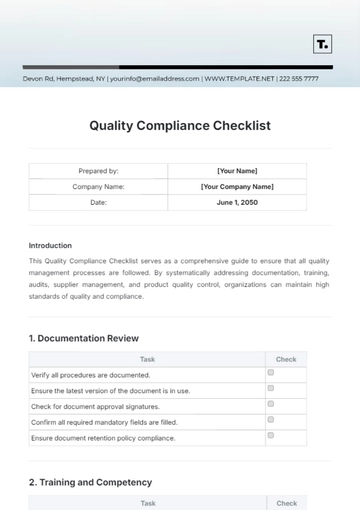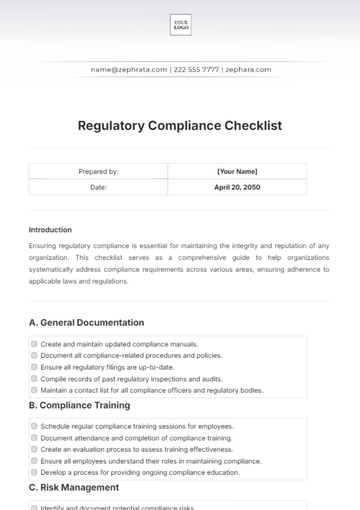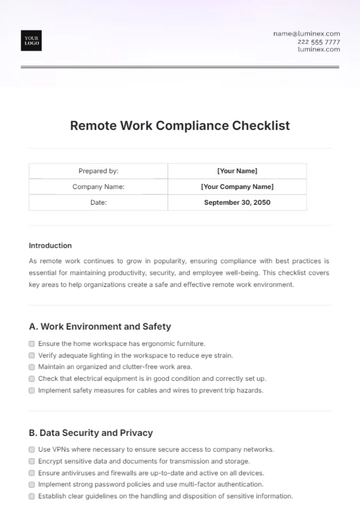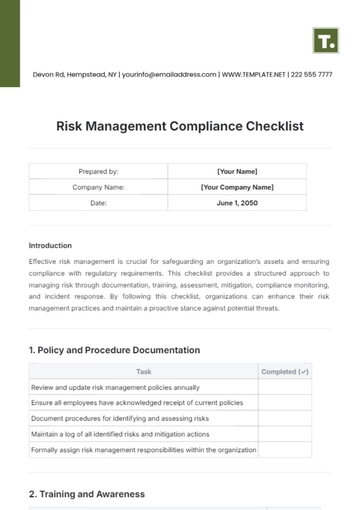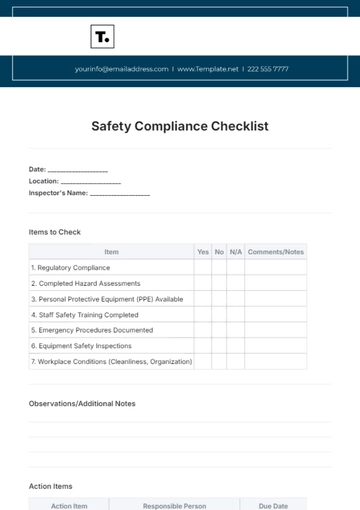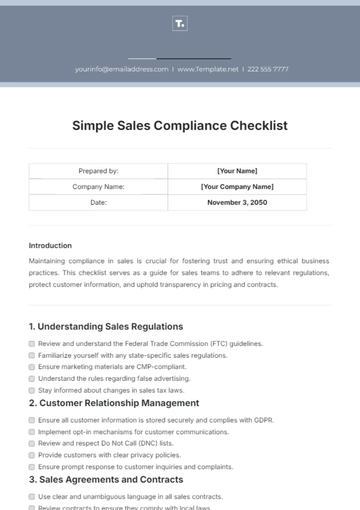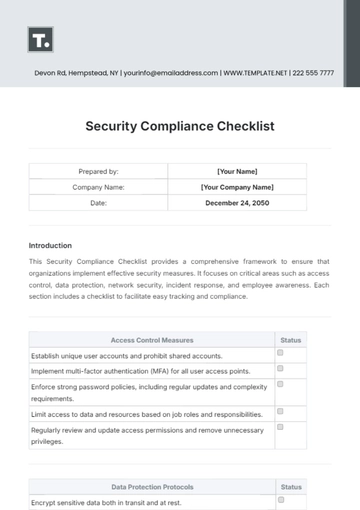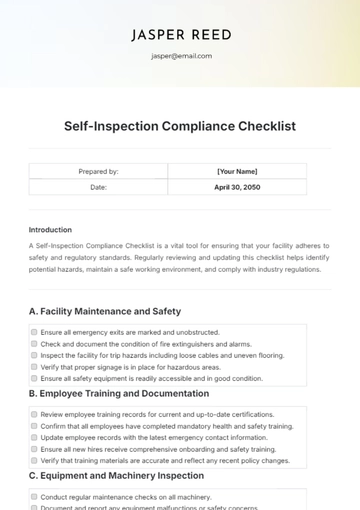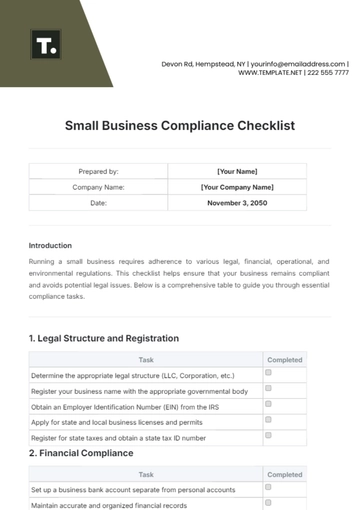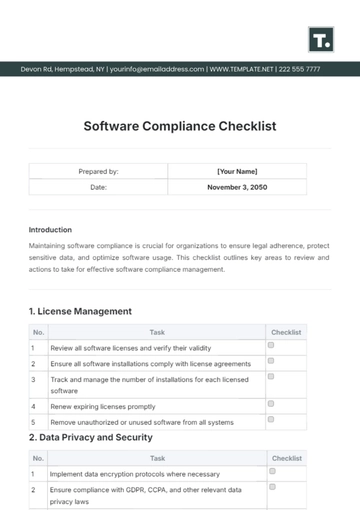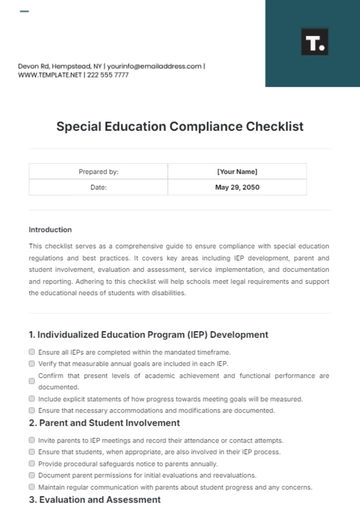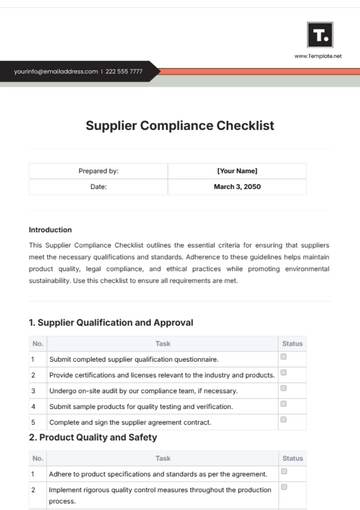Finance Cost Variance Checklist
Budget Preparation Review |
| Review the initial budget assumptions and parameters. |
| Ensure all revenue and cost centers were included in the budget. |
| Confirm that the budget was approved by the appropriate authority. |
Data Collection |
| Gather all relevant financial data (actual vs. budgeted figures). |
| Ensure the accuracy and completeness of the financial data collected. |
Variance Identification |
| Identify variances between actual and budgeted figures. |
| Categorize variances as favorable or unfavorable. |
| Highlight variances that exceed a predetermined threshold (e.g., 5% or 10%). |
Variance Analysis |
| Analyze the causes of significant variances. |
| Determine if variances are due to changes in volume, price, efficiency, etc. |
| Evaluate the impact of these variances on overall financial performance. |
Reporting and Documentation |
| Document each identified variance and its cause. |
| Prepare a variance report summarizing the findings. |
| Include recommendations for action or adjustment in the report. |
Review of Action Taken |
| Review actions taken in response to previous variance findings. |
| Assess the effectiveness of the actions in mitigating on the variances. |
Continuous Monitoring |
| Establish a process for ongoing monitoring of budget variances. |
| Schedule regular reviews to stay ahead of potential issues. |
Communication |
| Ensure effective communication of variance findings to relevant stakeholders. |
| Discuss the implications of variances in management meetings. |
Process Improvement |
| Identify areas for improvement in the budgeting process based on the analysis. |
| Implement changes to enhance financial planning and control. |
Prepared By: [Name]
Date: [Month Day, Year]
Finance Templates @ Template.net
